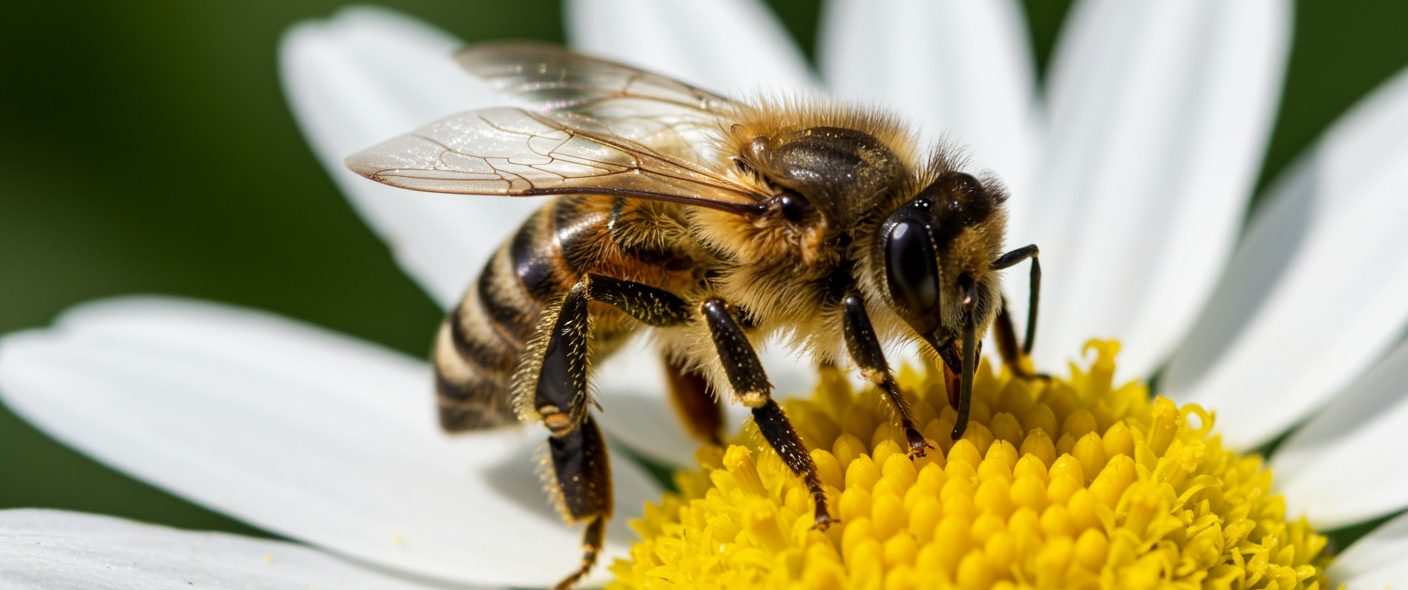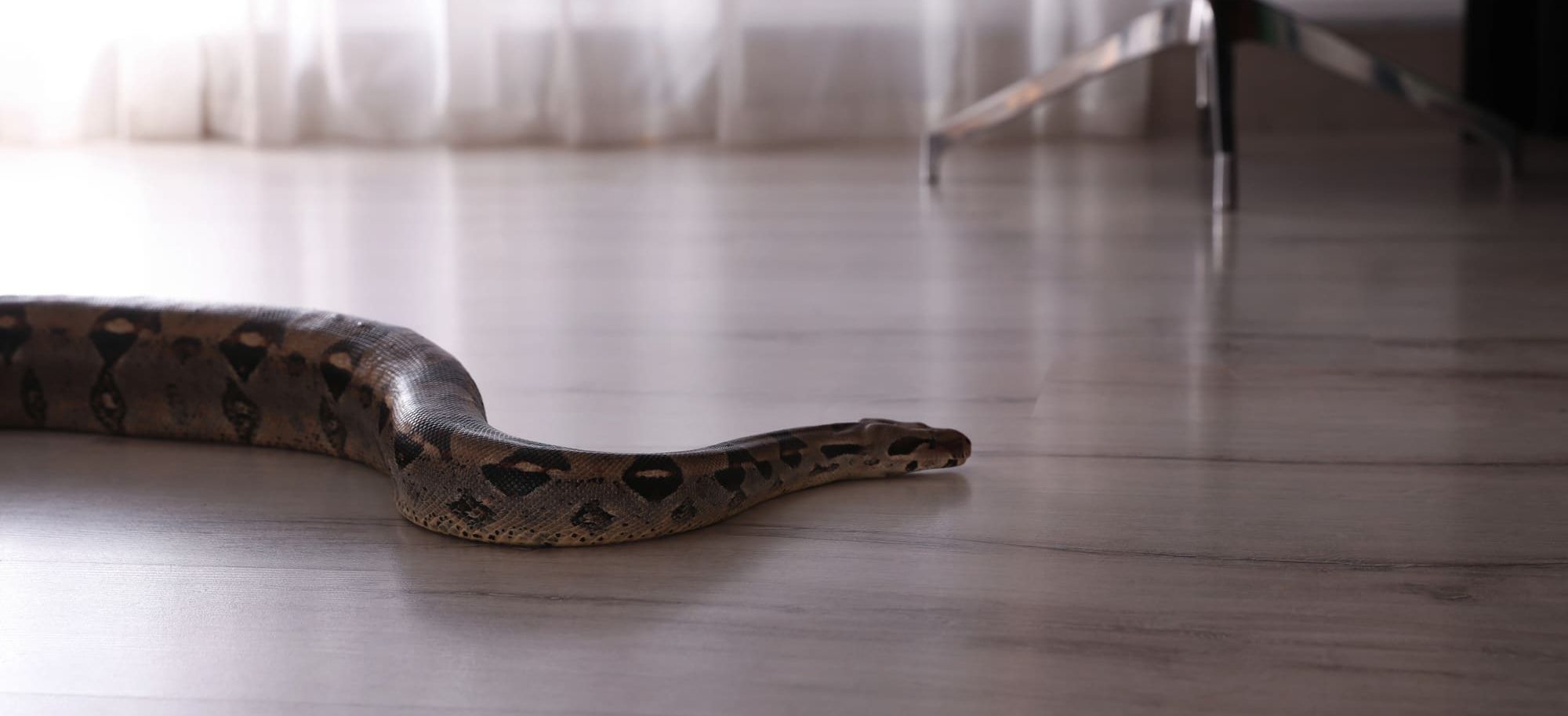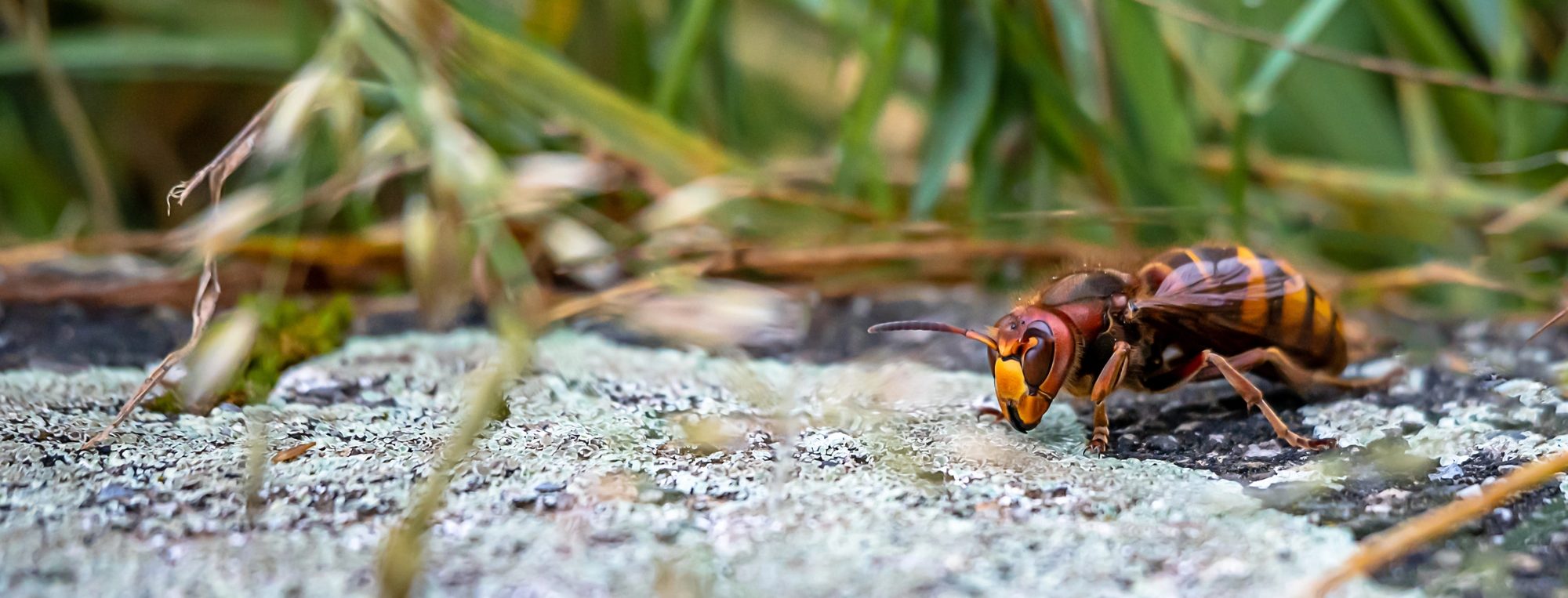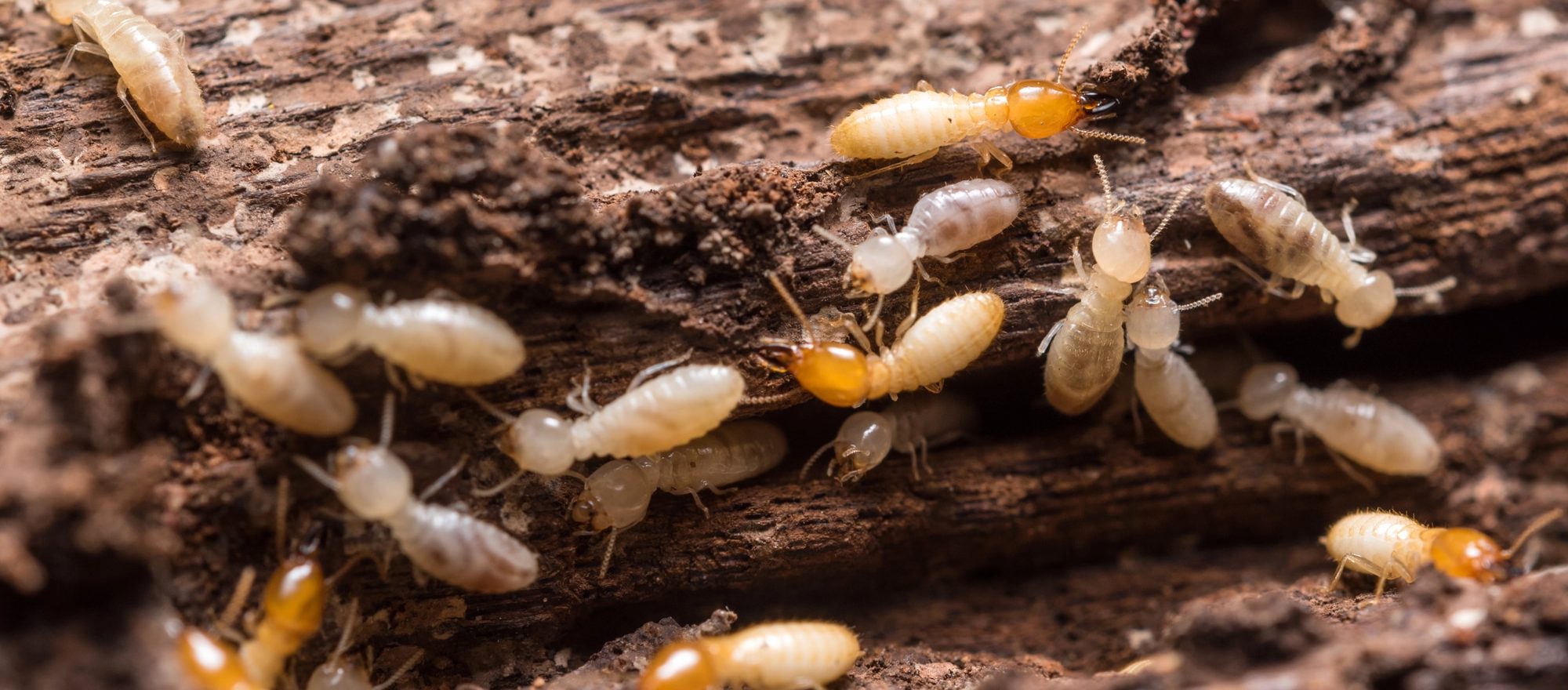
Here at Pest Solutions, we tackle pests of all shapes, sizes and species, from everyday encounters with rats and mice to the occasional rendezvous with some of the UK’s more exotic creepy crawlies.
Whilst we are always learning, we like to think we have a pretty comprehensive understanding of pest species in the UK (it is our job after all!) and even have our very own pest library for those looking for more information on individual pests.
To celebrate World Pest Day on the 6th June, we decided to take a look at a few of the most unusual and surprising species which cause pest issues overseas, shining a spotlight on the challenges faced by our international compatriots and highlighting the incredibly diverse nature of the global pest control industry!
1. Killer Bees
Bred by scientists in a Brazilian laboratory and causing the death of over 1,000 humans over the past 60 years, the tale of the killer bee has horror movie written all over it.
Sometimes fact is stranger than fiction however, and this very real species (also known by the slightly less threatening name Africanized Honey Bee) can now be found throughout swathes of South and Central America.
IN 1956, African Honey Bees were imported into Brazil, with the intent to breed them with local Honey Bees and create a ‘hybrid’ honey generating super bee.
Things went slightly astray however, when 26 African queens escaped from the Sao Paulo lab and formed hybrid populations with nearby European Honey Bees.
Their rather ominous name comes from the fact they are far more aggressive that their European counterparts, with the entire colony known to exit the nest in the event of a disturbance and being far times more likely to sting the one doing the disturbing. They hold a grudge too, and have been known to chase people for up to 400m in defence of their home.
Due to the large number of stings that such a population can inflict, both humans and large animals such as horses have died as a result of killer bee stings.
In the UK, all bee species are protected and essential to the eco-system and are not commonly dealt with by pest control companies.
2. Snakes
For the vast vast majority of UK residents, discovering a snake in their home is not a situation they will ever experience.
In other areas of the world, however, this is far more of a concern, with many pest control firms in countries such as Australia, offering a snake removal service for those who discover snakes on and inside their property.
Many snake species are strictly protected by wildlife regulations and are not considered as ‘pests’ as such and must be dealt with professionally by a qualified snake handler.
Venomous snakes pose a very real threat to life and even non-venomous snakes can do a lot of damage with their vicious bites, so these reptiles are far from ideal unwelcome house guests.
According to local pest control specialists, most snake infestations are spotted with physical sightings of the reptiles themselves, with shed skins being the other common tell-tale sign of their presence.
3. Asian Giant Hornet
The Asian giant hornet (Vespa mandarinia), also known as the Japanese giant hornet, is the largest hornet on Earth, with a body length of close to 5cm and a wingspan of over 7cm. Most concerningly for humans, their stinger is home to a large amount of toxic venom which can be lethal when multiple stings are inflicted at once, even for those who are mot allergic to the venom.
There have been a record number of Asian hornets spotted in the UK over the past few years, with the National Bee Unit destroying 72 nests in 2023, with the majority in South-East England.
Whilst sightings of the Asian Giant Hornet itself are yet to occur, their presence in the future is far from impossible, with the species already spreading throughout most of Asia, and having been spotted multiple times in North America between 2019 and 2021.
4. Greater Bandicoot Rat
In the UK, Brown Rats (Rattus norvegicus), cause the vast majority of all rat problems, with Black Rats (Rattus Rattus) occasionally making an appearance in port towns having arrived from overseas. Around 25cm in size, most of us would agree that these rats are plenty big enough…
Meet the Greater Bandicoot Rat, or Indian Bandicoot rat (Bandicota indica), a pest species common across India, Bangladesh, and much of Central Asia.
Growing up to a whopping 40cm long, Greater Bandicoot rats pose serious health risks to humans, pets and native species alike and are a major challenge for pest controllers in the region.
5. Termites
Termites are widely considered as the most economically damaging urban pest in the world, with an unrivalled natural ability to do severe damage to wooden structures.
In tropical and subterranean climates, termites are one of the biggest banes in the life of the pest controller, with some countries even introducing anti-termite building regulations to limit the amount of wood in key structural components.
Termites are not endemic in the UK (yet), but they are not unheard of either, with the UK’s termite free status ending in 1994 with the discovery of a subterranean termite colony in Saunton, North Devon. This discovery prompted a major termite eradication programme to be launched, with substantial public funding being spent on the project over a period of 27 years.
In 2021, the infestation was declared as officially dead, and the UK’s termite free status was restored once again.
There are concerns, however, that global warming may result in the UK’s climate being suitable for termite existence in the relatively near future, with the BPCA highlighting the South of England as the area under greatest threat of termite attack in the not too distant future.
This is a great, and concerning example, of how pest species and activity can change over the years as a result of environmental and human activity, and why the pest control industry is a constantly evolving entity.
What to do if you see an ‘unusual’ pest?
Of course, whilst these species are not “common” in the UK, it doesn’t mean they have never posed problems on these shores, and new and rare species are often found in and around coastal ports, having arrived as stowaways on shipping vessels carrying goods from abroad.
In fact, only last year, our Aberdeen team were involved in the rescue and rehoming of a Indian Palm Squirrel called Zippy, who had arrived in the Granite City after hitching a rather scenic ride to Scotland from his native India via Malta.
Many of the most common pests in today’s pest control industry once arrived in this manner themselves, with the Grey Squirrel being perhaps the most famous and destructive of these invasive species, and an estimated 40% of global animal extinctions in the past 400 years were a direct consequence of non-native species.
For this reason, it is essential that non-native species are identified and reported quickly following arrival to protect native species and the wider UK ecological system.
If you do spot a creature which you don’t recognise or believe to be non-native, make sure to report it to the relevant authorities immediately, and avoid releasing it into the wild!



























